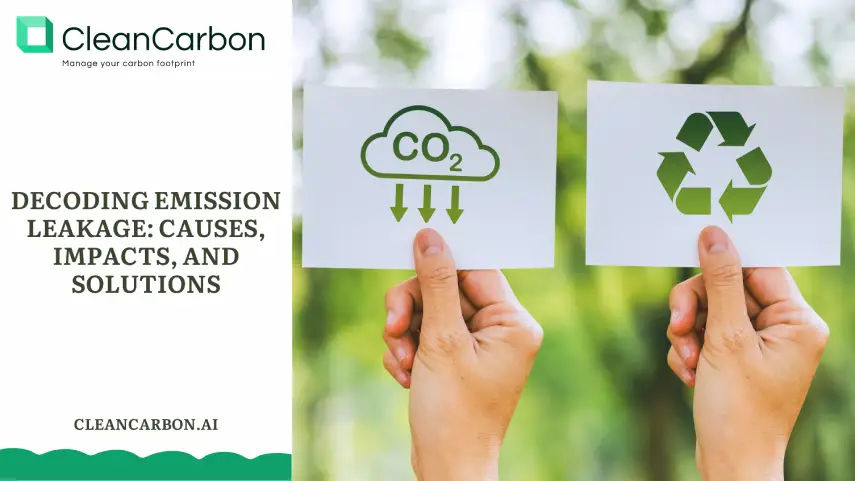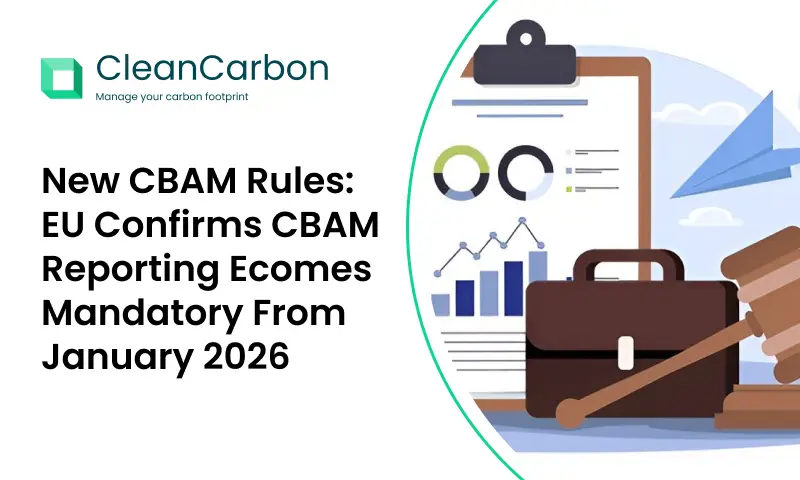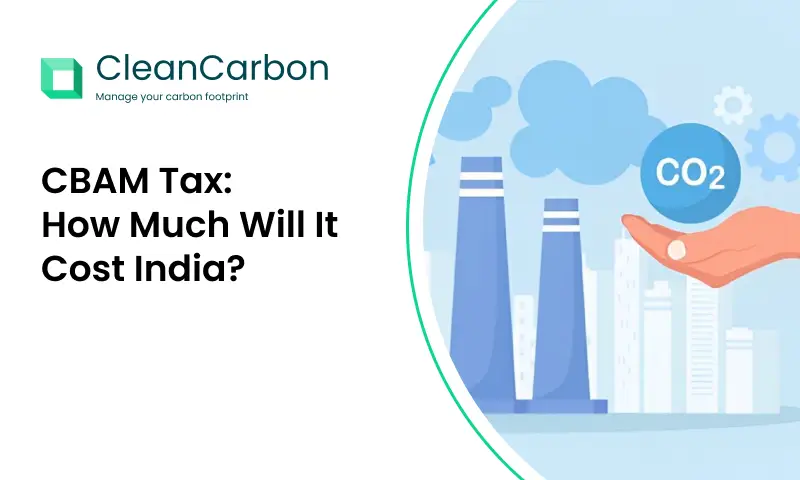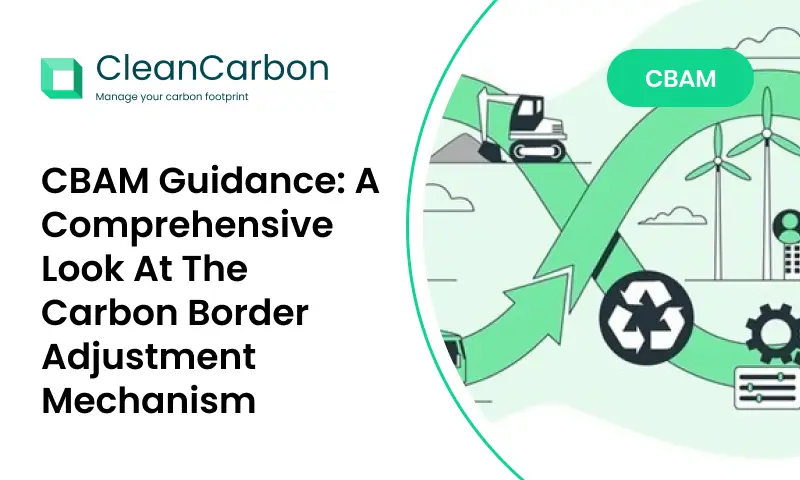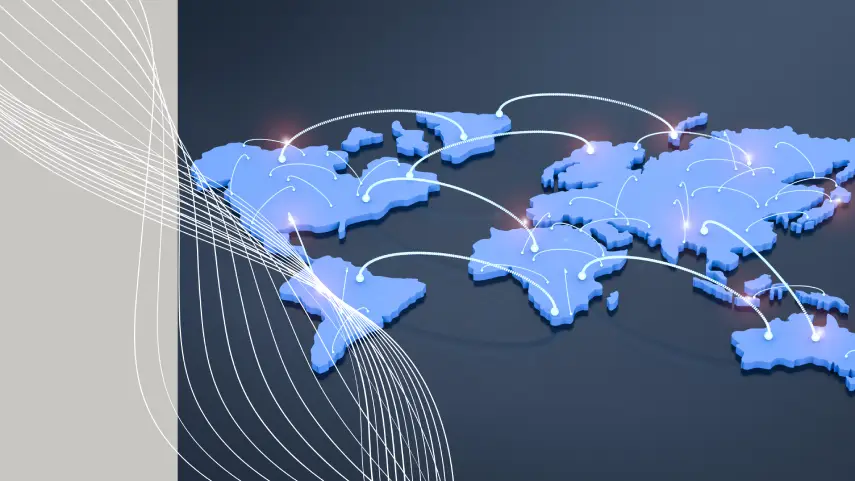Emission leakage is a critical challenge in the fight against climate change. It occurs when climate policies in one region unintentionally lead to an increase in emissions elsewhere.
How it Works:
- Cost Increases: When a country implements stricter environmental regulations (like carbon taxes or emissions trading systems), it can increase the production costs for certain industries.
- Relocation & Increased Emissions: To remain competitive, these industries may relocate production to countries with weaker environmental regulations. This shift can result in an overall increase in global emissions, undermining the effectiveness of the initial climate policy.
Examples:
- Manufacturing: A company facing stricter emissions regulations in Europe might move its manufacturing operations to a country with less stringent environmental rules, leading to increased emissions in that country.
- Energy Production: A country with ambitious renewable energy targets might see increased demand for electricity generated from fossil fuels in neighboring countries.
Addressing the Challenge:
- International Cooperation: Global agreements and coordinated climate policies across countries are crucial to minimize the risk of emission leakage.
- Border Carbon Adjustments: Mechanisms like the EU’s Carbon Border Adjustment Mechanism (CBAM) aim to level the playing field by imposing tariffs on imports from countries with weaker climate policies.
- Technological Innovation: Investing in and promoting clean technologies can make production more sustainable and reduce the risk of companies relocating to avoid environmental regulations.
Conclusion
Addressing emission leakage is essential for effective climate action. By fostering international cooperation, implementing appropriate policy mechanisms, and promoting clean technologies, we can ensure that climate policies contribute to a truly global and sustainable future.

